Published 30th Jun. 2023
Reading time
Since the pandemic, when our carbon footprints were reduced to the square footage of our homes, travellers have become more aware of the impacts of our globetrotting ways. And so the urge to travel more responsibly has become an irresistible force. Countries like Costa Rica, Sweden and Bhutan have long championed sustainable choices, but few countries have them so readily available and rewarding as Kenya. Sustainable tourism in Kenya takes many forms and in line with our concept of Kintsugi Travel (where we aim to build back travel with more positive impact than before the pandemic), we’re keen to champion them. Here are several ways to travel sustainably in Kenya that benefit both the visitor and the destination…
If you hop over to Spain it’s likely you’ll hear the word ‘overtourism’ muttered a few times. Coined to define the unstoppable tide of tourists sojourning in the world’s holiday hotspots, Spain – the most visited country by Brits in both 2021 and 2022 – knows more than most about its impact. Kenya, however, knows nothing. Visited by 200,000 Brits a year (compared to the 15.1 million that make the annual trip to Spain), this East African country enjoys relative travel anonymity, which is why we’ve singled it out as an undertourism champion. Kenya’s pull isn’t just the fact it’s home to equatorial glaciers, wildlife-laden plains and a tropical coastline, it’s how it makes you feel like you have the world to yourself. So strike out against the grain and follow the footsteps of wild animals instead of trails of tourists as you venture deep into the bush.
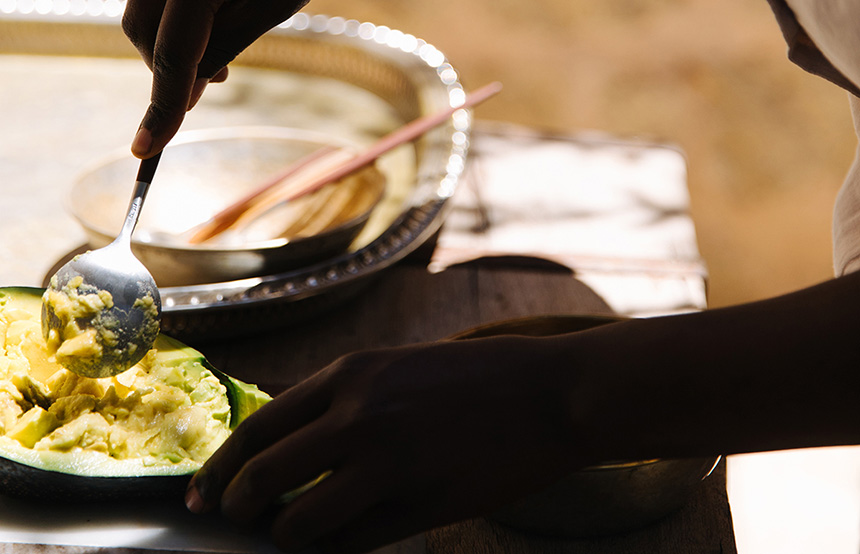
Our concept of Philantourism is simple: pick your next holiday destination based on the places that benefit most from you being there. As part of our mission to make travel a force of good, we propose simply supporting a country by being there. And Kenya more than fits the bill. In fact, tourism has been the biggest driving force behind the country’s conservation progress, responsible for the creation of myriad game reserves and national parks as well as local infrastructure and transport links. The importance of this pillar sector was made most apparent during the 2020 pandemic when tourism revenue fell 80% and cost the trade 110 billion Kenyan shillings (roughly £800 million). Since then, the country has exceeded all growth targets and is projected to recover fully by 2024. So, what better excuse to book that bucket list safari? It makes total philanthropic sense.
Kenya knows its onions when it comes to sustainable travel. Its bus service is extensive and well connected, especially in western Kenya where some routes have recliner seats and WiFi. It’s also eminently possible to travel Kenya by train as well. Take a moment (or less than five hours) to soak up Kenya’s countryside on the Madaraka Express, which operates three times a day from Nairobi to Mombasa. Or hop on the Kisumu Safari Train, which passes through small cities and soda lakes complete with thousands of grazing flamingos on its way to Lake Victoria. And with Kenya Railways’ promise to plant replant trees and minimise environmental impact where possible, it’s one of the most sustainable ways to travel to and from the country’s most beloved sights. There is a way to travel completely carbon free though – by traditional dhow boat. The epitome of slow travel, this unusual but oh so enchanting mode of transport is the perfect way to see the sunbaked streets of Lamu and sparkling white sands of Diani Beach. Who said sustainable tourism in Kenya couldn’t be stylish?
Think sustainable tourism in Kenya and images of conservation projects and eco-lodges run by local indigenous communities probably come to mind. And you’d be right. In fact, Kenya is the posterchild for community-based tourism and Il Ngwesi is its crown jewel. Owned and run by members of the Maasai community, this gloriously isolated lodge isn’t just a pretty face, it’s a 6,000 local stakeholder operation with a community owned and operated black rhino sanctuary to boot. And if that’s not enough, it also supports numerous health and education projects. Thanks to the European Commission, the tribe women’s beadwork is now sold nationally while donations from guests have funded university degrees for many of the local Maasai children. It’s even partnered with the ‘Days for Girls’ programme, which empowers young women by teaching them how to produce and distribute sanitary packs. No wonder Prince William chose this place as the location to propose to his then girlfriend, Catherine Middleton.
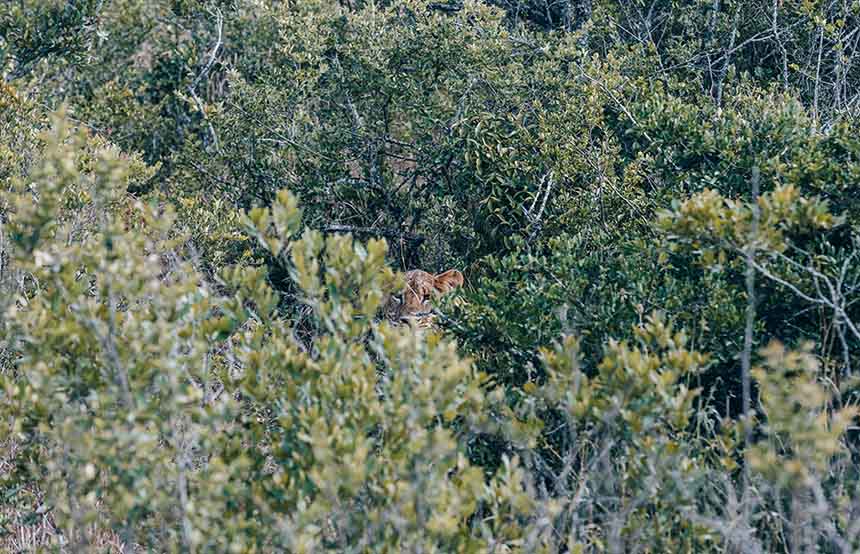
Sustainable tourism in Kenya isn’t just about eco-friendly initiatives and conservation efforts, it’s about immersing yourself in local cultures and practices, learning a new way of life, hearing stories and listening to the difficulties faced in an everchanging world. And what better place to practice indigenous tourism than Kenya, home to 42 official tribes and some other 150 ethnic groups. With so much cultural clout, it’s hard to know where to begin, which is why we’ve spent so much time creating impactful, authentic and sensitively planned interactions with them. Join Maasai warriors on bush walks, get your hands dirty at animal feeding time and learn the ropes of beading with its local bead stringers.
Want a taste of sustainable tourism in Kenya? Speak to one of our Kenyan specialists to start planning a trip to this fantastic African nation.
Written by Naomi Pike
All images by Olivier Romano
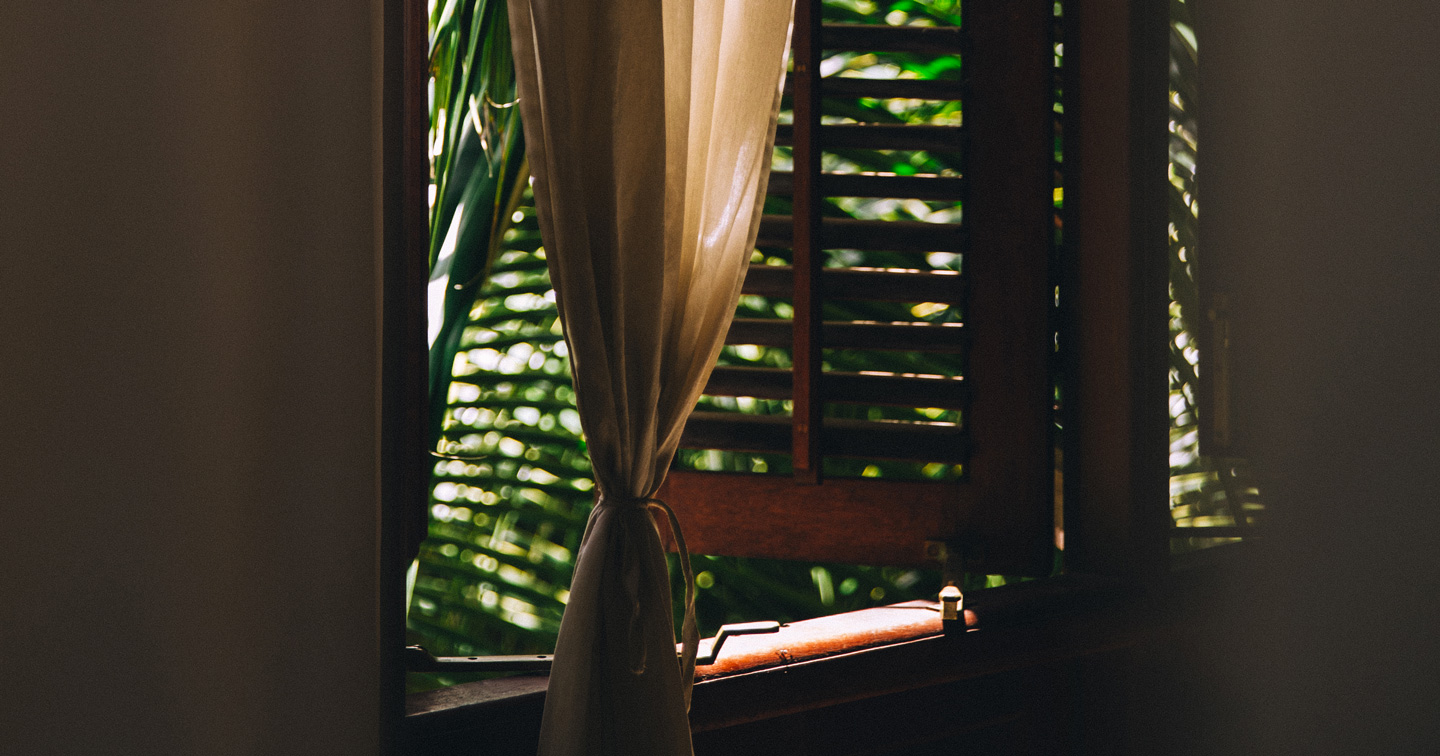
Using firsthand knowledge to tailor your trip to Kenya, our team focus on providing an experience that positively impacts communities, away from the tourist trail. We know the best places to learn first-hand about the Maasai culture, which lodges best cater to families and the most romantic sundowner spots in the Serengeti for your honeymoon. And when it comes to spotting everything from the Big Five to the Tiny Five and even the Ugly Five, our intel is invaluable. Our in-country Concierge is brimming with knowledge and can suggest experiences and restaurants that match your interests, no matter how obscure.
ENQUIRE NOWPractical advice and inspiration for your next trip
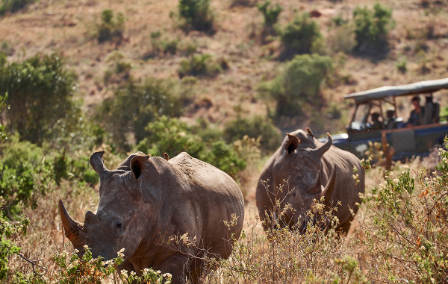
Big changes are on the horizon for Kenya safaris, particularly in the Maasai Mara Reserve. But fear not, we think this is for the best. From reducing visitor numbers to pausing new lodge developments, these improvements will prevent overcrowding and enhance the Mara’s exclusivity. With landscapes as varied as its wildlife, it’s no wonder Kenya holidays are synonymous with safari adventures, and these changes will make them all the more special.
6th August 2025 - Kenya Travel Inspiration
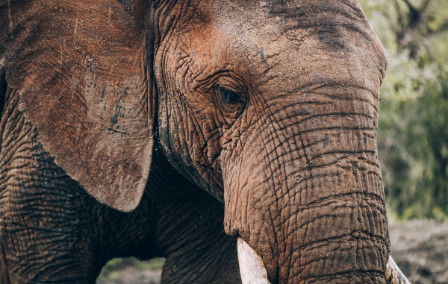
Deep in Kenya’s Namunyak Conservancy is where you’ll find the Reteti Elephant Sanctuary. Founded in 2017, the Samburu community-owned sanctuary has quickly established itself as a widely recognised and expanding grassroots movement with plenty of success stories. Our Africa specialist, Jamie, had the opportunity to witness their work first-hand and came back so impressed that she believes every trip to the northern reaches of Kenya should feature a visit to Reteti from now on.
12th June 2024 - Kenya Conservation
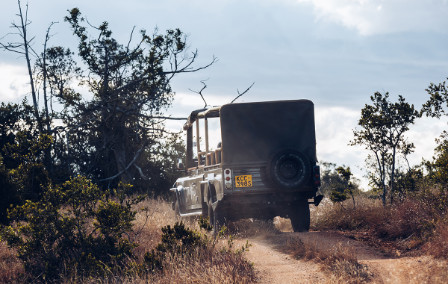
Kenya is renowned for having some of Africa’s most sensational safari experiences, something our Africa specialist Jamie can confidently vouch for. On a recent trip to this colourful country, she sampled game drives while staying in luxury camps, visited community-founded elephant sanctuaries and immersed herself in the Maasai culture. Whether you’re a seasoned wildlife spotter or new to the world of safaris, read on to discover Jamie’s top tips for an enriching trip to Kenya.
18th April 2024 - Kenya Travel Tips

Our team of destination experts will get to know you and your unique requirements for your holiday

We work with you to build an ultra-personalised holiday itinerary with your choice of accommodation, experiences and activities

All of our holidays include little extras designed to make a big difference to your trip, from fast-tracking you through airport check-in and security to our network of local Concierges